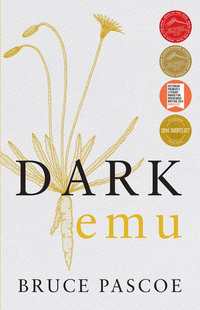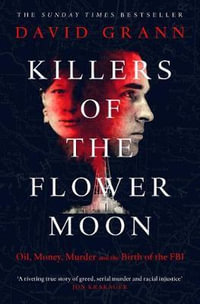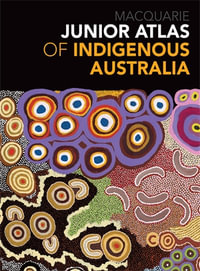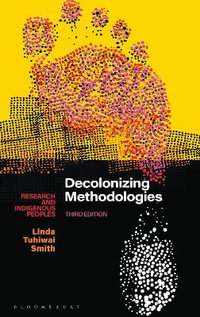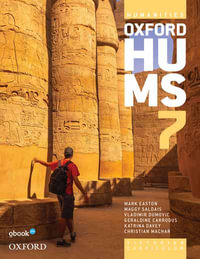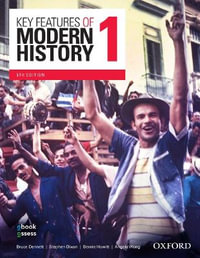
Artistic and Cultural Exchanges between Europe and Asia, 1400-1900
Rethinking Markets, Workshops and Collections
By: Michael North (Editor)
Paperback | 14 October 2024
At a Glance
Paperback
RRP $83.99
$66.75
21%OFF
Available for Backorder. We will order this from our supplier however there isn't a current ETA.
ISBN: 9781032927237
ISBN-10: 1032927232
Published: 14th October 2024
Format: Paperback
Language: English
Number of Pages: 216
Audience: Professional and Scholarly
Publisher: ROUTLEDGE
Country of Publication: GB
Dimensions (cm): 23.4 x 15.6
Weight (kg): 0.45
Shipping
| Standard Shipping | Express Shipping | |
|---|---|---|
| Metro postcodes: | $9.99 | $14.95 |
| Regional postcodes: | $9.99 | $14.95 |
| Rural postcodes: | $9.99 | $14.95 |
How to return your order
At Booktopia, we offer hassle-free returns in accordance with our returns policy. If you wish to return an item, please get in touch with Booktopia Customer Care.
Additional postage charges may be applicable.
Defective items
If there is a problem with any of the items received for your order then the Booktopia Customer Care team is ready to assist you.
For more info please visit our Help Centre.
You Can Find This Book In
This product is categorised by
- Non-FictionSociety & CultureSocial Issues & ProcessesGlobalisation
- Non-FictionReference, Information & Interdisciplinary SubjectsResearch & InformationInformation theoryCybernetics & Systems Theory
- Non-FictionHistoryEarliest Times to Present DayEarly Modern History from 1450 to 1700
- Non-FictionHistoryRegional & National HistoryEuropean History
- Non-FictionHistorySpecific Events & Topics in HistorySocial & Cultural History
- Non-FictionHistoryRegional & National HistoryAsian History











